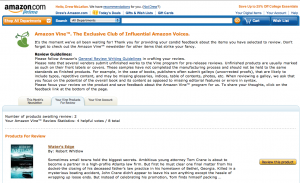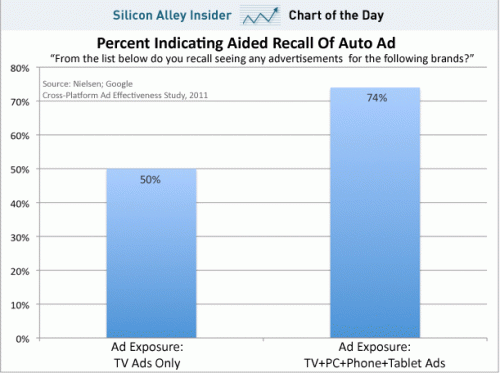Marketing Insights Question: How are you building your marketing foundation?
December 20, 2011

How are you building your marketing’s foundation?
Over the next few weeks, as we head towards 2012, I want to get you thinking about your business in a new/fresh way. I’m going to ask a single question in each post — but I’m warning you, these aren’t slam dunk questions.
I’m hopeful that as you ponder my question — it will give you some ideas for making 2012 a break out year for your organization. If nothing else — this exercise should fine tune some of your marketing efforts.
How are you building your marketing foundation? We’ve talked a lot about the know • like • trust model. If you remember, the final leg of that equation is that consistency creates trust and trust leads to sales.
How do you generate that trust? By building a marketing foundation. And here’s how you go about that.
You do one thing on a regular (daily, weekly or monthly) basis that will add incredible value for your prospects and customers. This is something that, if you stopped doing it or skipped a week — they’d not only notice the absence but they’d actually miss it.
What is the one thing? It’s going to be different for every one of us — depending on our industry, our clientele, our position in the market place, our bandwidth and our organization’s culture.
It could be as simple as an enewsletter or as complex as a podcast where you interview leading experts in your field every week. It might be a cartoon or an ongoing video series.
No matter what form it takes, it must meet these criteria to qualify:
- It’s scaleable so as your audience grows, you can include many more people
- You are 110% committed to honoring your consistency pledge
- It is not a sales piece — this is you creating incredible value
- It is shareable (people can pass it along to colleagues somehow, even if that means tacking it up on a bulletin board)
- It should be unique to you. Either no one else in your competitive set does something like it or you do it so differently that it stands out
This is going to require some creativity on your part. And some discipline. As soon as an idea starts to sound at all like a sales tool or gimmick, smack yourself. That’s the kiss of death. And it is the mistake 90% of all organizations make. They just can’t resist hinting at or outright asking for the sale.
If you truly adopt this effort — you will create long lasting relationships with clients and prospects. You’ll also create a word of mouth marketing machine, as your audience shares your offerings far and wide.
Start with that first building block…and you’ll be amazed at how quickly you’ve built something worthwhile.
More


















